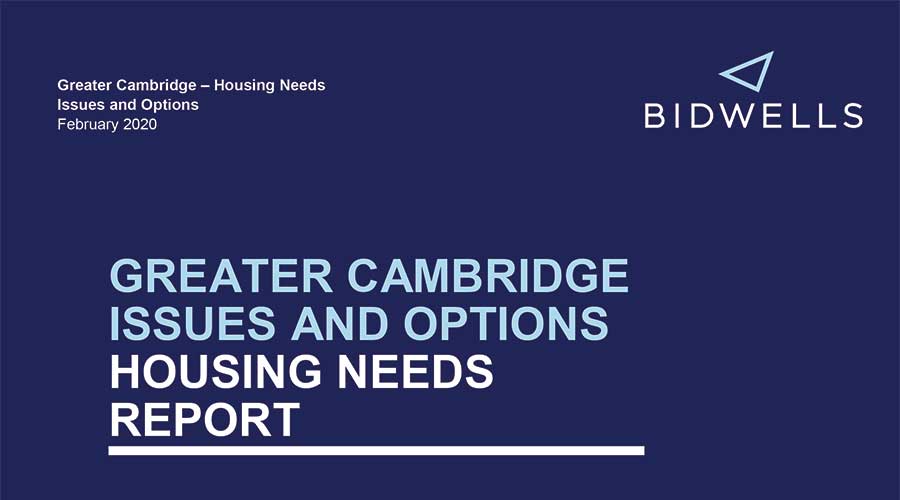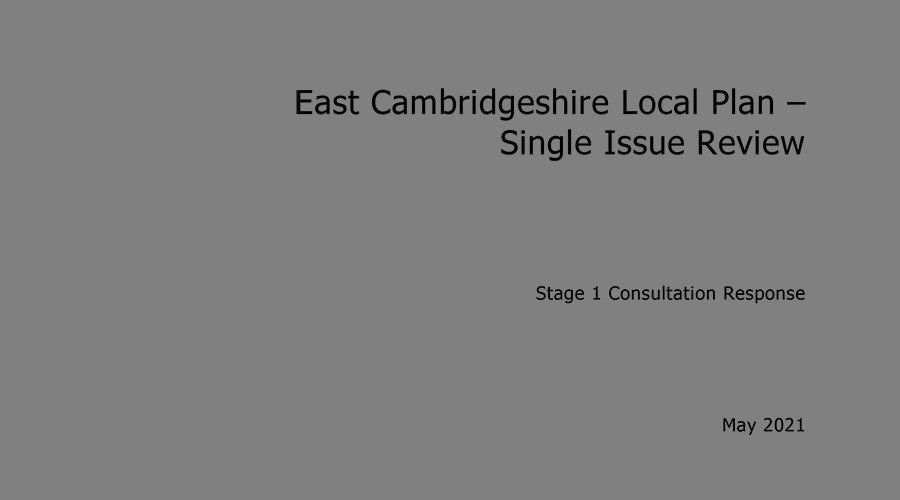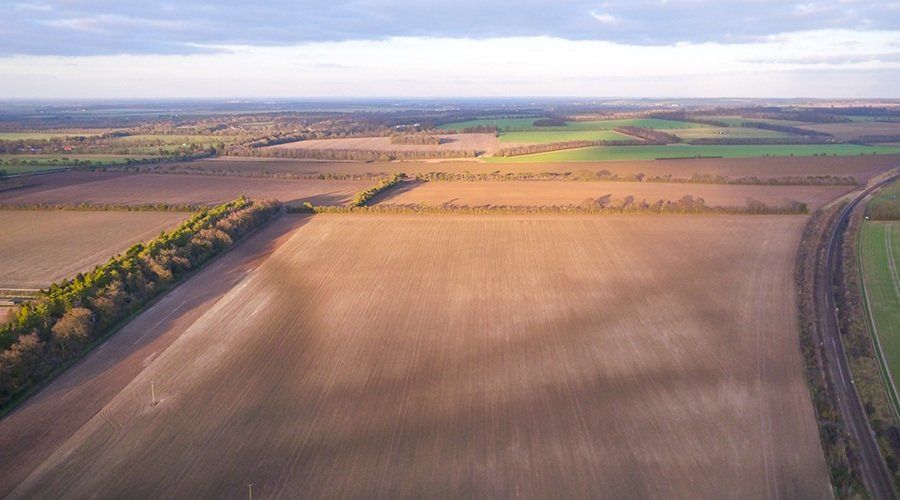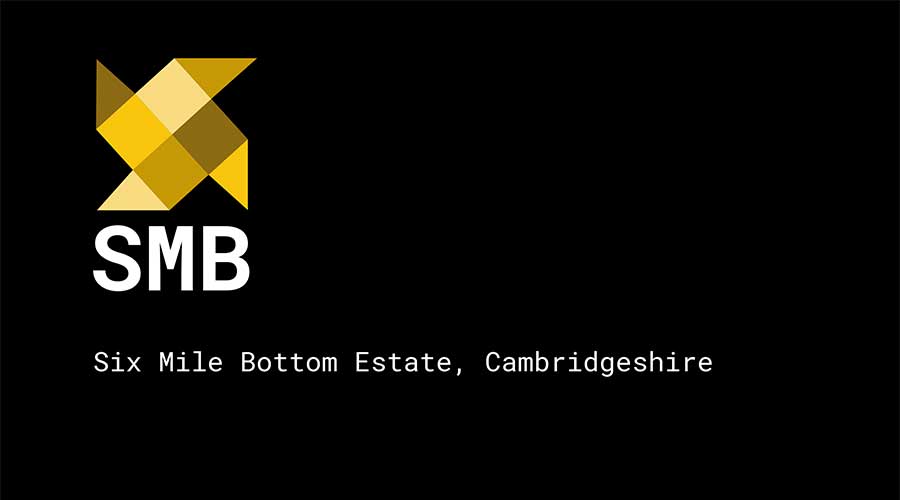Latest News & Events

28 September 2020
SUMMARY Bidwells LLP has reviewed the Objectively Assessed Need (OAN) for housing and employment in Cambridge City and South Cambridgeshire District (“Greater Cambridge”) to inform the Issues and Options consultation for the emerging Greater Cambridge Local Plan. However, a full OAN for housing has not been undertaken at this point in time due to methodological and timing issues that would render such work out of date. It is more appropriate to wait until later in 2020 when there is more certainty about the Standard Methodology and the latest household projections have been published. Given the strength of the Greater Cambridge economy, it is more appropriate to use projections of employment to give an assessment of the magnitude of housing that will be needed in the plan period. We have considered the economic growth projections of the East of England Forecasting Model (EEFM) and work by the Cambridgeshire & Peterborough Independent Economic Commission (CPIEC). EEFM models both employment growth and housing demand. The model uses past-household formation rates suggests some 36,700 dwellings would be required by 2041; however, this model output is limited in its use as it does not take into account employment-led housing demand which would increase the housing need. EEFM suggests job growth of 34,400 between 2018 and 2041. However, this is likely to be a significant under estimation, given its starting point for jobs in 2018 (200,0000) was already exceeded in 2017 (215,000 jobs), as recorded by the ONS Annual Population Survey. The model suggests net in-commuting of +43,200 by 2041, but this is likely to already have been reached (Annual Population Survey records net in-commuting in 2019 of 44,000 workers). Furthermore, the decline in resident working age population means net commuting is likely to grow at a faster rate than anticipated by this model. CPIEC undertook research into the economic performance and potential of the Cambridgeshire and Peterborough economy reporting, its findings in an Interim Report and Final Report (CPIER) which have informed this paper. Its detailed research into local companies indicate official statistics have historically under reported employment growth in the last five years, suggesting growth rates of 3.3% compared to ONS rates of 2.4% and EEFM rates 1.7%. CPIEC suggests this has led to a potential backlog of housing delivery given targets, concluding that delivery in the decade to 2018 has fallen short by just under 10,000 homes in C&P. CPIEC modelled four employment growth scenarios, not to forecast future growth but to model the potential impacts on growth in Cambridgeshire and Peterborough. Employment growth in Cambridgeshire and Peterborough ranged from c100,000- 400,000 jobs between 2020 and 2041. The lowest growth scenario modelled a continuation of current local plan growth assumptions, which effects business costs and eventually reducing employment. In the case of Cambridge these kick-in quickly, pegging employment back to current levels by 2051. Model option 4 (short term employment growth rate, returning to longer growth rate - which is thought by CPIEC to be the most realistic), suggests employment in Cambridge and South Cambridge will reach c.175,000 in each district by ?. An increase of c.135,000 jobs since 2017 (215,000 jobs) in Greater Cambridge. This is significantly higher than the 34,400 jobs projected by the EEFM model. There is very little capacity in the current workforce to undertake these jobs given high levels of employment among the economically activity, low unemployment and declining part-time work among residents. The number of jobs per resident has been growing steadily in both districts for many years, such that economic growth in the region is reliant on in-commuting. All industrial sectors must rely on in-commuting and broadly speaking lower paid occupations have fewer residents per job. This reflects worsening housing affordability, particularly for lower earners. This highlights the need for more affordable accommodation. These pressures are changing people’s attitudes to housing, particularly in Cambridge, where occupiers are willing to forego internal and external space in lieu of not being car reliant, although people still expect gardens and parking in villages. To conclude, the need for housing in Greater Cambridge is largely driven by employment growth which is necessary to meet the target of doubling GVA by 2041. Further work is required to determine which growth predictions are most appropriate, it is clear from CPIECs research that the quantum of land for housing needs to be significantly above that currently planned for in the Local Plans. Download and read the full PDF document HERE

28 September 2020
SUMMARY Bidwells LLP has reviewed the Objectively Assessed Need (OAN) for housing and employment in Cambridge City and South Cambridgeshire District (“Greater Cambridge”) to inform the Issues and Options consultation for the emerging Greater Cambridge Local Plan. However, a full OAN for housing has not been undertaken at this point in time due to methodological and timing issues that would render such work out of date. It is more appropriate to wait until later in 2020 when there is more certainty about the Standard Methodology and the latest household projections have been published. Given the strength of the Greater Cambridge economy, it is more appropriate to use projections of employment to give an assessment of the magnitude of housing that will be needed in the plan period. We have considered the economic growth projections of the East of England Forecasting Model (EEFM) and work by the Cambridgeshire & Peterborough Independent Economic Commission (CPIEC). EEFM models both employment growth and housing demand. The model uses past-household formation rates suggests some 36,700 dwellings would be required by 2041; however, this model output is limited in its use as it does not take into account employment-led housing demand which would increase the housing need. EEFM suggests job growth of 34,400 between 2018 and 2041. However, this is likely to be a significant under estimation, given its starting point for jobs in 2018 (200,0000) was already exceeded in 2017 (215,000 jobs), as recorded by the ONS Annual Population Survey. The model suggests net in-commuting of +43,200 by 2041, but this is likely to already have been reached (Annual Population Survey records net in-commuting in 2019 of 44,000 workers). Furthermore, the decline in resident working age population means net commuting is likely to grow at a faster rate than anticipated by this model. CPIEC undertook research into the economic performance and potential of the Cambridgeshire and Peterborough economy reporting, its findings in an Interim Report and Final Report (CPIER) which have informed this paper. Its detailed research into local companies indicate official statistics have historically under reported employment growth in the last five years, suggesting growth rates of 3.3% compared to ONS rates of 2.4% and EEFM rates 1.7%. CPIEC suggests this has led to a potential backlog of housing delivery given targets, concluding that delivery in the decade to 2018 has fallen short by just under 10,000 homes in C&P. CPIEC modelled four employment growth scenarios, not to forecast future growth but to model the potential impacts on growth in Cambridgeshire and Peterborough. Employment growth in Cambridgeshire and Peterborough ranged from c100,000- 400,000 jobs between 2020 and 2041. The lowest growth scenario modelled a continuation of current local plan growth assumptions, which effects business costs and eventually reducing employment. In the case of Cambridge these kick-in quickly, pegging employment back to current levels by 2051. Model option 4 (short term employment growth rate, returning to longer growth rate - which is thought by CPIEC to be the most realistic), suggests employment in Cambridge and South Cambridge will reach c.175,000 in each district by ?. An increase of c.135,000 jobs since 2017 (215,000 jobs) in Greater Cambridge. This is significantly higher than the 34,400 jobs projected by the EEFM model. There is very little capacity in the current workforce to undertake these jobs given high levels of employment among the economically activity, low unemployment and declining part-time work among residents. The number of jobs per resident has been growing steadily in both districts for many years, such that economic growth in the region is reliant on in-commuting. All industrial sectors must rely on in-commuting and broadly speaking lower paid occupations have fewer residents per job. This reflects worsening housing affordability, particularly for lower earners. This highlights the need for more affordable accommodation. These pressures are changing people’s attitudes to housing, particularly in Cambridge, where occupiers are willing to forego internal and external space in lieu of not being car reliant, although people still expect gardens and parking in villages. To conclude, the need for housing in Greater Cambridge is largely driven by employment growth which is necessary to meet the target of doubling GVA by 2041. Further work is required to determine which growth predictions are most appropriate, it is clear from CPIECs research that the quantum of land for housing needs to be significantly above that currently planned for in the Local Plans. Download and read the full PDF document HERE




